Lighting Angles in Stage Lighting Design
In stage lighting design, understanding and utilizing various lighting angles is essential for achieving desired visual effects and enhancing the overall performance. We refer to the positions that we hang lights in as the ‘lighting angles’ and there are five basic lighting angles that you are most likely to use in your show. The lighting angles refer to the light’s positions relative to the actor.
- Front light
- Back light
- Side light
- Top light
- Up light
There are a few variations on ‘front light’ each giving slightly different results.
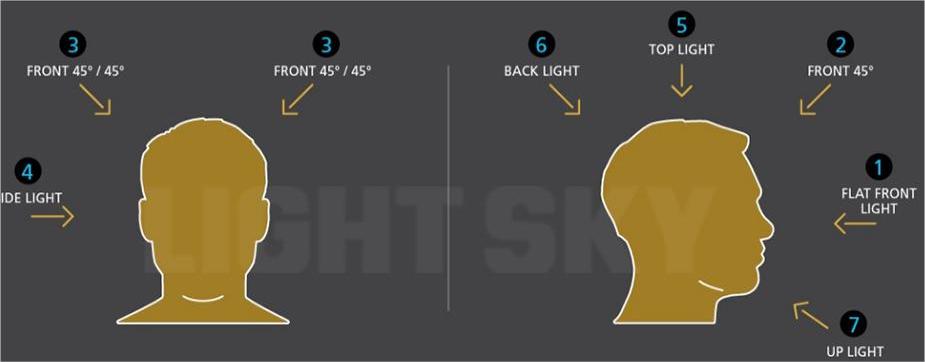
- Flat Front Light
Placed directly in front of the performer at eye level, this angle offers good visibility but often results in large, undesirable shadows on the set.
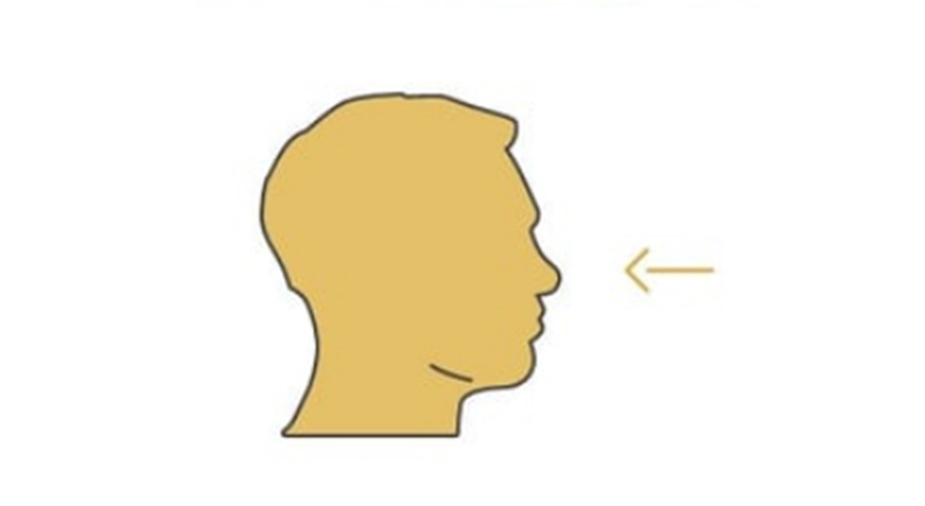
- Front 45°
Elevated to about 45° above the actor’s eye line, this angle provides natural-looking light and helps minimize shadows, making it the most common front-lighting position in theaters. The LED Fresnel T48 or LED Moving Spot Profile Super Scope Max from Light Sky is perfect for achieving this angle in short distance and long distance throw, offering precise and adjustable lighting. It is easy to access and will provide good front light coverage, and offers good visibility and due to the small amounts of shadow that it introduces to the face, which helps to shape the face.
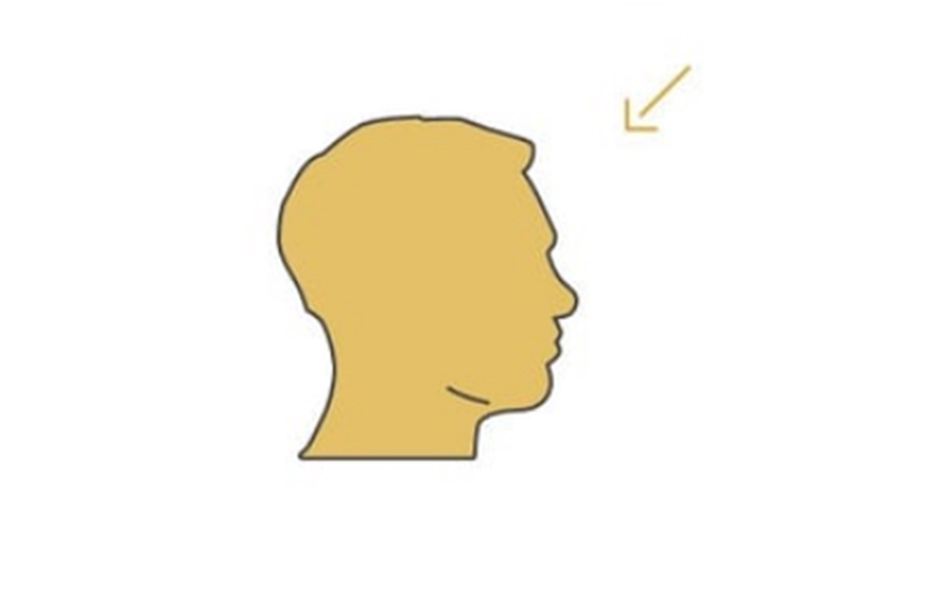
- Front 45°/45°
By adding a 45° horizontal offset to the 45° elevation, and mirroring this setup, lighting designers can achieve excellent visibility and form revelation, especially when using warm and cool color tones. The LED Ellipsoidal C42 provides versatile options for this setup, combining robust performance with energy efficiency.
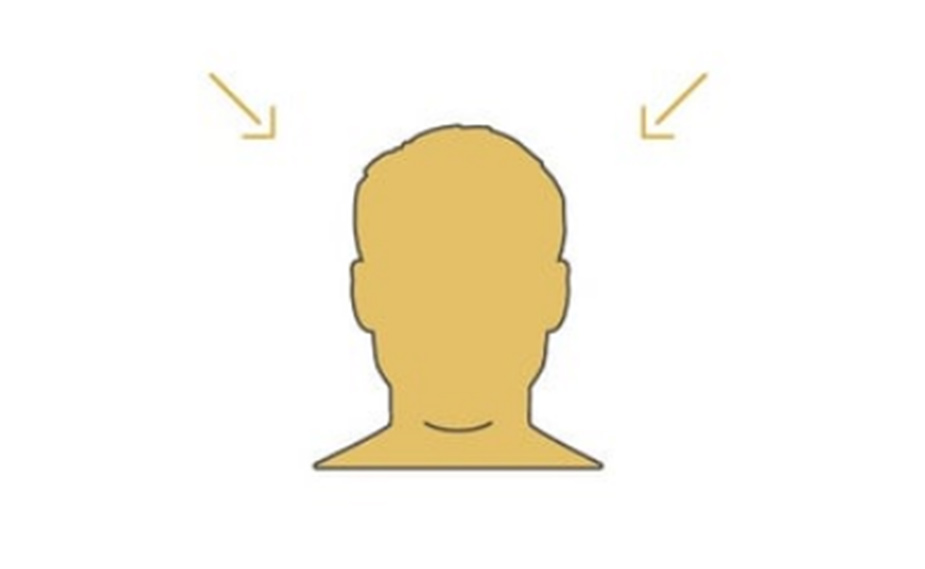
- Side Light
Ideal for sculpting and adding dimension, side lighting is commonly used in dance. It highlights the performer’s form but may cast shadows on other actors. For side lighting, the Super Scope Pro moving spot profile or Pearlwash moving wash from LightSky delivers dynamic and versatile beams that enhance the performers’ outlines.

- Back Light
This creates a halo effect around actors, enhancing their separation from the background and adding depth. It’s also useful for setting the mood with colored lights. The Super Scope Max is an ideal solution for backlighting, offering powerful and customizable lighting effects.

- Top Light
Positioned directly above, top light casts minimal shadows on the stage but can create unflattering shadows on the actor’s face. It’s useful for specials or dramatic effects. Light Sky’s Tx1940zoom is a top choice for top lighting, providing flexible and high-quality illumination.
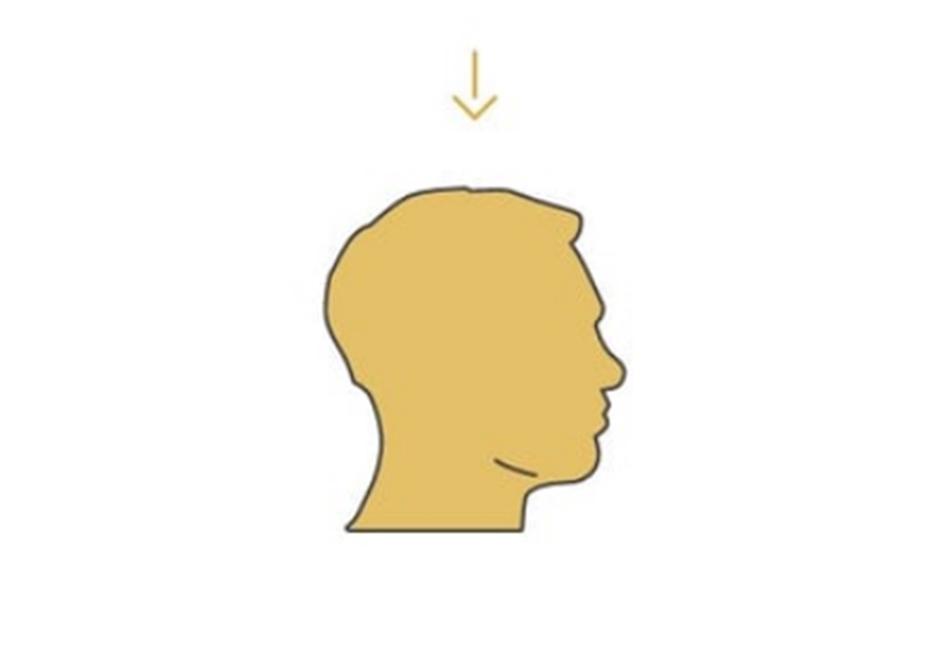
- Up Light
Typically used for dramatic effects or specific scenarios like simulating firelight, up light can look unnatural when used alone. The Mamba from Light Sky can be employed to create stunning up light effects, adding a unique dimension to the performance.

Key Objectives of Lighting Angles
Visibility: Ensuring actors are clearly seen, typically achieved with front and side lighting.
Revelation of Form: Enhancing the three-dimensionality of performers, often using back, side, and top lighting.
Mood: Created through color and intensity, with angles contributing to the overall atmosphere.
Information: Conveying time, setting, or thematic elements through the angle and type of light.
Composition: The overall arrangement of lighting elements to support the visual aesthetics of the performance.









